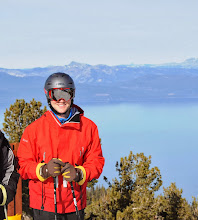
Back in the day, my first basketball sneakers were a pair of BK Dymacels. When I laced up my British Knights hightops, I felt like I could run the court with anybody. Although my hoops career failed to even outlast the BK Dymacel’s, the BK Dymacel remains to be one of the all-time biggest flops in footwear. At the impressionable age of nine, I can remember the BK commercials with my favorite rapper, MC Hammer, along with the Dymacel giveaways on my favorite TV show, Double Dare. That’s all it took for me.
To give some background, in the 80’s the shoe company initially targeted the hip hop scene and was rather successful. The British Knights name was often featured in rap videos and was endorsed by MC Hammer. However, when they decided to launch a premium athletic hightop in the early 90’s, it appears that the urban footwear company had stretched a bit too far. The Dymacel technology featured a clear heel where you could see a silicon diamond shaped cushion system. At a time when Nike Air Jordans and Reebok Pumps dominated the basketball shoe market, this was far from an advanced cushion and support system. Not surprisingly, the Dymacel was British Knights first and last attempt at marketing a superior athletic sneaker. The development of the Dymacel is an example of a company over extending its product line and not being able to financially compete with the market leaders. Later on, BK became the unofficial footwear of The Crips in Southern California where BK was perceived to stand for "Blood Killers." As the public became aware, BK suffered enormous negative publicity and damage to the brand's equity. It is alleged that the gang related events led to the disappearance of the British Knights sneaker in America.








